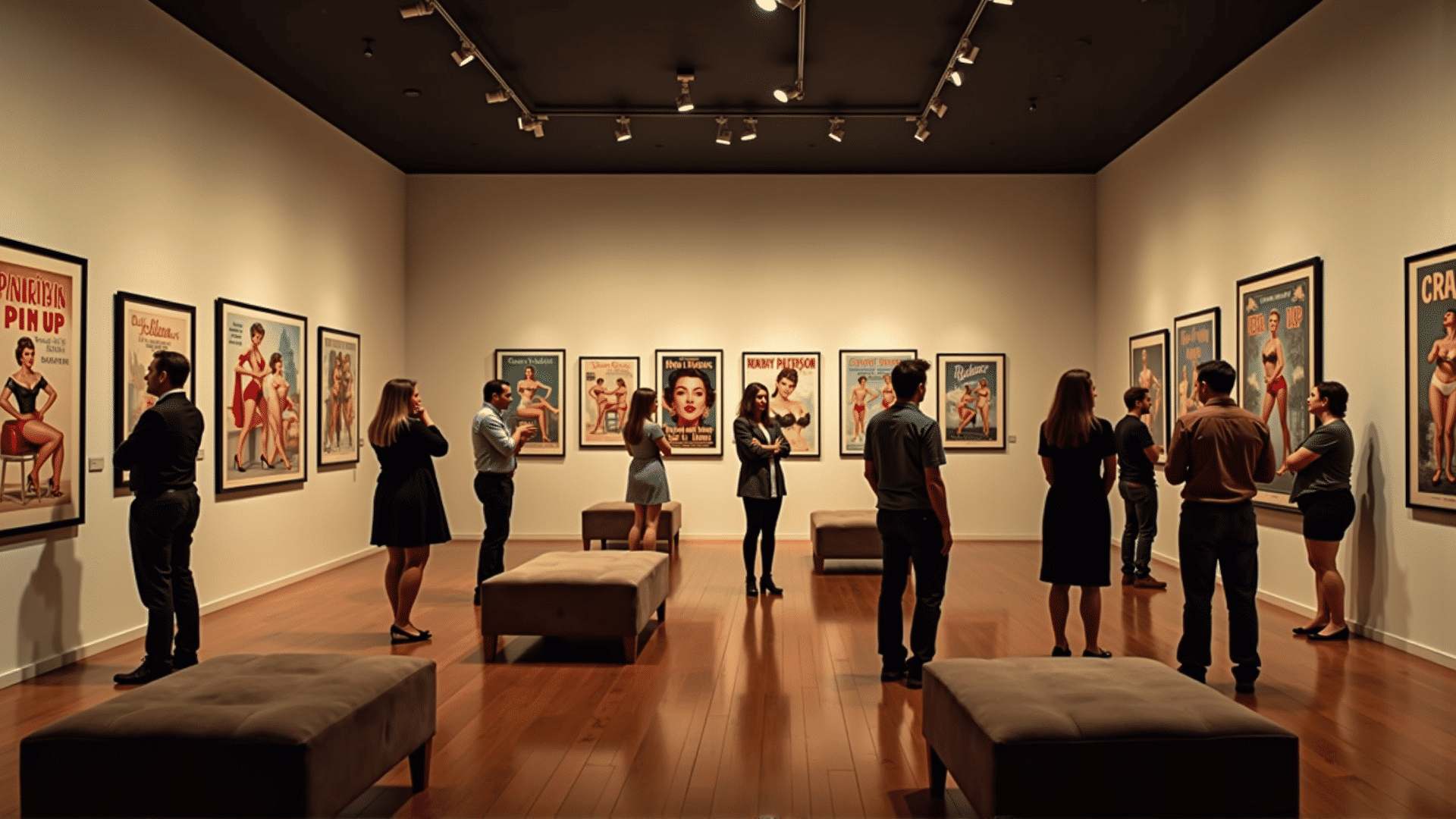Pin-up art, with its whimsical charm and provocative appeal, holds a significant place in the tapestry of visual arts. Originating in the late 19th and early 20th centuries, pin-up art has undergone a fascinating evolution, consistently adapting to reflect cultural shifts while influencing societal perceptions of beauty and femininity.
The roots of pin-up art can be traced back to the Gibson Girls in the late 1800s. Created by illustrator Charles Dana Gibson, these illustrations showcased women who were graceful yet independent, embodying an idealized version of femininity. Although not explicitly a pin-up, the Gibson Girl laid the groundwork by establishing a template of the quintessential, alluring woman that pin-up art would later adopt and evolve.
The early 20th century heralded the Golden Age of Illustration, and with it came the rise of true pin-ups. These figures found their way into popular men's magazines, calendars, and postcards. Artists like Alberto Vargas and George Petty became pioneers of the genre. Vargas, with his iconic “Varga Girls” for Esquire magazine during the 1940s, set the standard for pin-up art with his meticulous attention to detail and romanticized portraits of women. His works, along with those of his contemporaries, were characterized by their soft lines, pastel colors, and a sly sense of humor.
World War II marked a crucial period in the popularity of pin-up art. As men went to war, they carried with them mementos of home, encapsulated in the form of pin-up images. These artworks served a dual purpose: boosting the morale of the soldiers while also becoming a symbol of what they were fighting to protect. The images of confident, smiling women in scanty attire served as both an escape and a momentary reprieve from the harsh realities of war.
The post-war era saw a shift in pin-up art with the rise of photography. Icons like Bettie Page brought the pin-up style to life, capturing the playful eroticism that illustrations had previously suggested. Page’s bold presence and the work of photographers like Bunny Yeager pushed pin-up into a new domain, one where the line between visual art and reality blurred.
As the 1960s and 1970s rolled in, the pin-up genre seemed to ebb with the rise of feminism and shifting cultural values. However, its influence persisted, and by the late 20th century, it began experiencing a revival. The 1980s and 1990s witnessed a resurgence of interest, fueled by a nostalgic appreciation for vintage aesthetics. Artists began merging traditional styles with modern influences, creating a neo-pin-up art movement. This era also saw the diversification of pin-up subjects, with artists exploring a wider array of body types, ethnicities, and themes, reflecting and celebrating the growing diversity of society.
In contemporary times, pin-up art continues to evolve. Digital art and social media platforms have catalyzed a new renaissance, allowing artists to share their reinterpretations with global audiences instantaneously. Modern pin-ups mix classic elements with contemporary fashion and cultural icons. The art form is no longer just about idealized feminine allure; it often serves as a platform for commentary on gender roles, body positivity, and empowerment.
Ultimately, the evolution of pin-up art is a testament to its resilience and adaptability. From its debut as an emblem of idealized femininity to its current status as a diverse and dynamic form of expression, pin-up art remains a compelling reflection of cultural aesthetics and values. This art form, with its rich history, continues to captivate and inspire, ever adapting to the changes in society while highlighting the timeless allure of beauty and charm.
